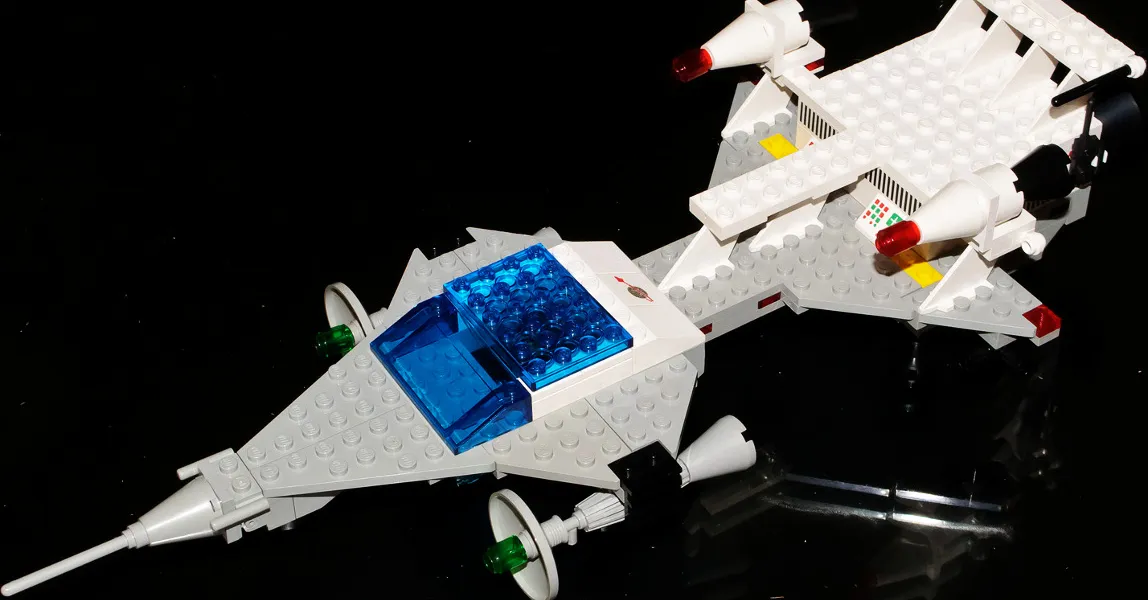Insights, research, and stories at the intersection of AI, education, and innovation.

Current AI attribution approaches fail to address real-world adoption challenges. While industry solutions like IBM's toolkit offer important first steps, they miss the social and professional dynamics that shape practice across different professional contexts. Drawing from my experience integrating GenAI across multiple courses and developing systematic attribution practices, here's what's missing from current research.
Getting started with containers? One cool way to start is by making a container that can run an application that is unavailable on your host operating system.

As you probably know, I teach an Introduction to Data Science class, DS-100, which is geared to students with little or no computing background. The class borrows content, themes, examples, etc. from a class at UC Berkeley called Data 8. The Data 8 team has been running a National Workshop on Data Science Education for…

When deciding on a Technical Stack, based on open source tools, one must always keep track of the popularity of the stack components and their future. As an organization supporting experiential learning for students, Spark! also has a unique constraint on our technical stack. We want to be sure that students are utilizing tools and technologies that will be relevant in the workforce when they graduate.

One of the key use cases for modularity is application independence. This means that applications can be updated, installed, or removed without impacting the rest of the system. It also means that different versions of the same application can coexist, allowing for greater flexibility and less risk when deploying new software.

Reblogging is a feature that allows you to share someone else’s post on your own blog, giving credit to the original author and expanding the reach of the content. It’s a great way to highlight interesting posts and add your own commentary.

As a systems administrator, you generally worry about two things. First, the security of the systems you support. Second, that the applications you run work as designed. You would like to do those two things with as little effort as possible, however, you want to be aware of and balance the risk inherent in meeting those goals.

Recently, I have been trying to rejigger my home network to support a bunch of the usual things: a firewall, a VPN, ssh access, perhaps a media streaming server and, last but not least, a new backup solution. Someone I work with pointed me at Synology for the backup portion. As a result, I learned about their software product DiskStation Manager (DSM) which does a lot of cool things like file sharing and remote access to your data. The software also has a bunch of cool plugins for things like offsite backup (via Amazon Glacier) and running a web server.. I also found that QNAP has similar software. They both also seem to be supporting at least the letter of the GPL by publishing some (all?) of their code (Synology, QNAP respectively) on sourceforge.

The first idea, which I think had been banging around in several people’s heads for a while, actually came up more formally in an Environments & Stacks meeting on Apr 16. The idea, in essence, is 'can we use rpm-ostree (an “implementation” of OSTree) to layer components on to an installation of Fedora.'

I have been working on a proposal for a Kubernetes provider for Vagrant. The idea is to make it easier for developers to spin up Kubernetes clusters for testing and development purposes using Vagrant. This would allow for a more streamlined workflow and make it easier to experiment with Kubernetes in a local environment.

Fedora has adopted the earliest stage of the Fedora.Next proposal by releasing the Fedora Editions with Fedora 21. As part of that proposal, a concept of 'rings' for software was also identified. Roughly, the idea of the rings was to allow for various 'levels' of software, some 'closer in' were expected to be of higher quality and not allowed to conflict and further out, software could abide by less strict rules. However, as with the editions work, the technical detail of 'how' to implement the rings was not laid out in the original plan. As a result, we have a new Fedora Objective to identify requirements and propose an implementation plan over the next few months.

At Flock today, someone mentioned to me that they have been getting requests to support 'persistence' in fedmsg. I spent many years working in Financial Services which, as you might imagine, has some pretty strong requirements around 'only once' and 'definitely once' messages, particularly, in trading applications. As a result, I instantly went to 'reliable messaging' as a the problem to be solved (which isn’t necessarily correct, but definitely part of the story). However, it has been a while since I was really deeply involved in FS. As a result, I did a little Googling to try and discover the 'current state of reliable messaging.' I found some interesting but, rather dated, articles.

I use a number of different machines during my average day, many of those via ssh. I have a hard time remembering what the creds are for each of the machines so a long time ago I learned to use an .ssh/config file to keep track of the info. I also used to enjoy tab completion with ssh to find all the servers depending on context (e.g. home-www, home-fw, work-test1, etc) but, on RHEL 6 workstation, I didn’t have tab completion with ssh. Finally got around to looking at why and discovered a handy package in epel: bash-completion. Wow, lots and lots that I was missing (and, didn’t have to build for myself).

Not sure what I did (I suspect it had something to do with rebooting while docked), but my laptop sound (and mic, I think) stopped working again. Unfortunately, this is one of those things that happens rarely enough that I can't ever remember what to do about it. I usually go through the obvious on the little GUI sound prefs panel (twiddle output devices, test speakers, etc) which, in many cases, is sufficient to kick it back to working. However, that didn’t work for this one, so I did some googling and found a bunch of handy things. However, the one that really worked was [http://fedoraproject.org/wiki/How_to_troubleshoot_sound_problems](http://fedoraproject.org/wiki/How_to_troubleshoot_sound_problems). In particular, going to the command line and running the alsamixer (`alsamixer -c 0`) which, for some reason, always shows me the actual output device that has magically gotten muted.